March 11, 2016
Time to Rethink Behavior-Based Safety
Behavior-based safety is one of the most important and controversial approaches to safety improvement in the last 35 years. Some companies swear by it and some think it is time to move on. Labor organizations have never accepted behavior-based safety, especially at the national level. There are good people on both sides and good reasons for their views.
As one of the founders of behavior-based safety who went on to studying safety leadership, and then to serious injuries and fatalities (SIFs), I have a perspective on it that may be different from many. I think it may well be time to move on. Not because there is anything unsound about the core principles of the original conception of behavior-based safety as put forward since the 80’s, but because the world has changed and there are better ways to think about it today than were 35 years ago.
It would have been better if the safety community found a way to improve behavior-based safety in response to changes and criticisms. It could have evolved. But for whatever set of reasons it devolved instead. Behavior-based safety consultants are doing the same things today that they did 35 years ago. But serious “drift” has occurred and at this point the phrase “behavior-based safety” has lost its meaning. Most consultants are still saying that 80-95% of incidents are caused by unsafe behavior, a statement we now know is false, misleading and damaging to organizations who accept it as a premise.
The core problem is that leaders are attracted to the idea that all they have to do is get the ‘behavioral factor’ under control and they can stop worrying about it. This is a very seductive idea, but it is harmful. On the other extreme, there are those who are afraid to say the word “behavior”, for fear of sounding like they blame the worker. Both extremes are partially correct but neither get it right.
A new paradigm is needed that incorporates the latest thinking on incident causation, data analytics, serious injuries and fatalities, technology in the workplace, leadership best practices, and ways to engage front line workers.
Time to Rethink Behavior-Based Safety
March 11, 2016
By Tom KrauseShare this post:
Search for articles


